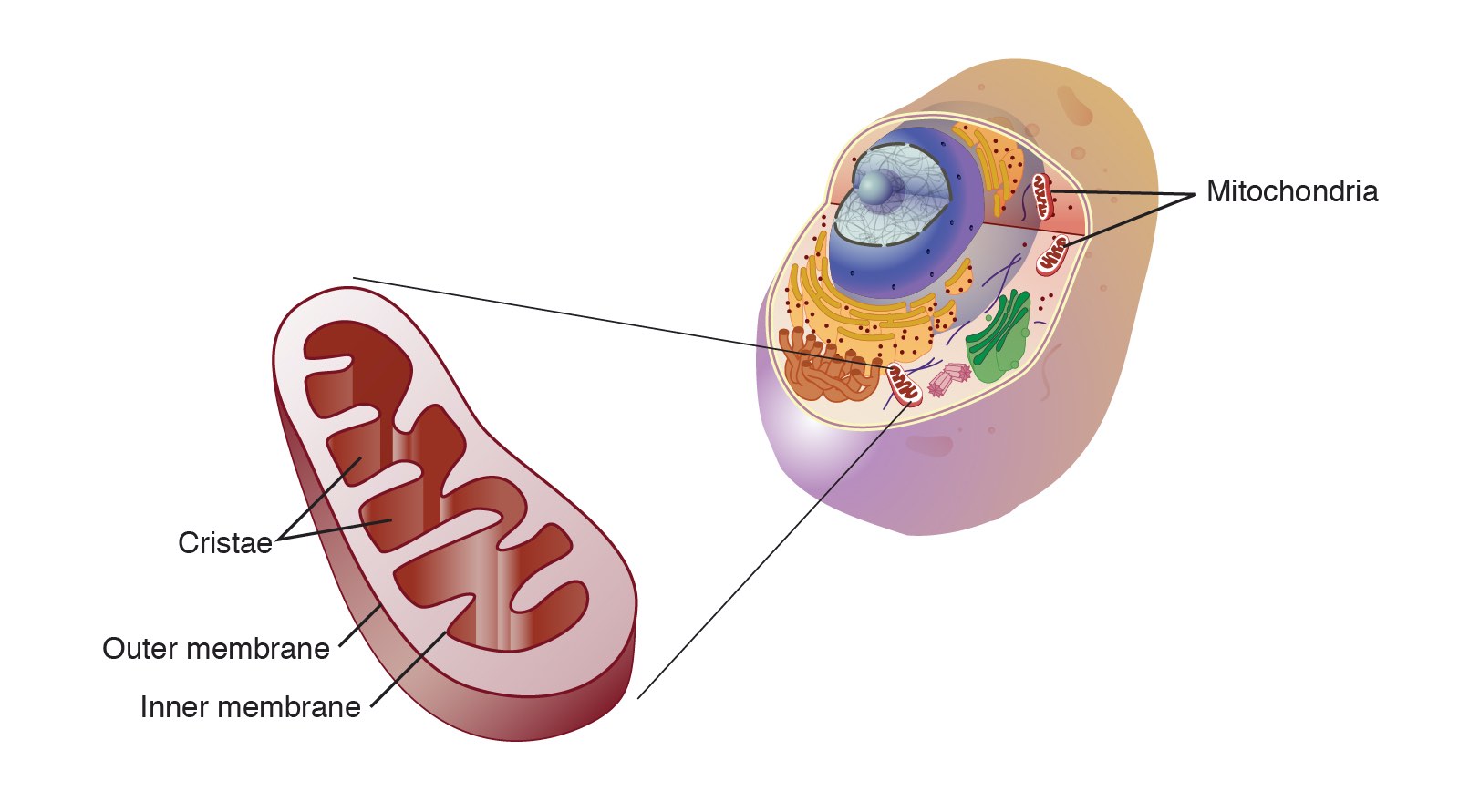Home › Forum Online Discussion › General › Control of a mitochondrial protective mechanism identified
- This topic has 0 replies, 1 voice, and was last updated 5 years, 3 months ago by
c_howdy.
-
AuthorPosts
-
February 12, 2020 at 9:57 am #59703
c_howdy
Participant
FEBRUARY 12, 2020
by Johannes Angerer, Medical University of Vienna
https://phys.org/news/2020-02-mitochondrial-mechanism.html
Mitochondria are essential for normal functioning of almost all cells, since they are the main production sites of the energy-carrying molecule adenosine triphosphate (ATP). In addition, mitochondria are the key sites of biosynthesis of various proteins, lipids, nucleotides and signaling molecules. Interestingly, mitochondria appear to descend from bacteria that were incorporated into cells and put into their service early during biological evolution.
The above notion is widely known as the “endosymbiotic theory.” In a symbiosis, both partners attain benefits: mitochondria support the biosynthetic and bioenergetic requirements of cells. In return, cells willingly feed mitochondria, which in turn allows the “evolutionary invaders” to maintain their vital membrane potential of about -150 mV.
Under certain pathophysiological circumstances, the mitochondrial membrane potential can come under serious threat. Due to the important cellular role of mitochondria, such an event can ultimately lead to cell death. Hence, mitochondria are equipped with protective mechanisms enabling them to remain intact even under unfavorable cellular conditions. One such defense mechanism is the reversal of the operating mode of an enzyme responsible for the last step of ATP production in the mitochondrial membrane. This enzyme, known as ATP synthase, then consumes ATP, rather than generating it. Like a minute motor, it uses the available energy to pump ions out of the mitochondrion, thereby maintaining the mitochondrial membrane potential.
To date, little has been known about the control of ATP synthase reversal. A study recently published in Science Signaling by Helmut Kubista and his research team (first author: Matej Hotka) sheds new light on this matter. The authors demonstrate that calcium ion influx into neurons via the so-called L-type calcium channels, acts as a key regulator of the ATP synthase. Under normal neuronal activity, the influx of calcium ions via L-type channels serves to stimulate ATP production. On the other hand, as soon as the neuronal activity increases beyond physiological levels, the L-type calcium channels allow larger amounts of calcium to flow into the cell interior, whereupon the ATP synthase adopts the reverse operating mode. Such a vital physiological role of L-type calcium channels in the control of mitochondrial ATP synthase was previously entirely unknown.
“We were more aware of this type of calcium channel in the context of other cellular functions, such as skeletal muscle contraction, the regulation and execution of heartbeat, insulin release in pancreatic cells and sensory functions such as seeing and hearing,” explains Helmut Kubista: “We also knew that L-type calcium channels play an important role in the central nervous system, notably in the regulation of neuronal excitability and in higher neuronal functions such as learning and memory.”
Over the past few years, there have been numerous indications linking malfunctioning in the L-type calcium channels to neurological disorders such as Alzheimer’s and Parkinson’s disease. “Indeed, experts in the field have been considering the pharmacological control of L-type calcium channels in the brain as a treatment option for these diseases,” explains Kubista, “however, our findings relating to a mitochondrial protective effect of the L-type calcium channels has considerable implications in view of the actual therapeutic approaches.”
More information: Matej Hotka et al. L-type Ca2+ channel–mediated Ca2+ influx adjusts neuronal mitochondrial function to physiological and pathophysiological conditions, Science Signaling (2020). DOI: 10.1126/scisignal.aaw6923
Journal information: Science Signaling



-
AuthorPosts
- You must be logged in to reply to this topic.
